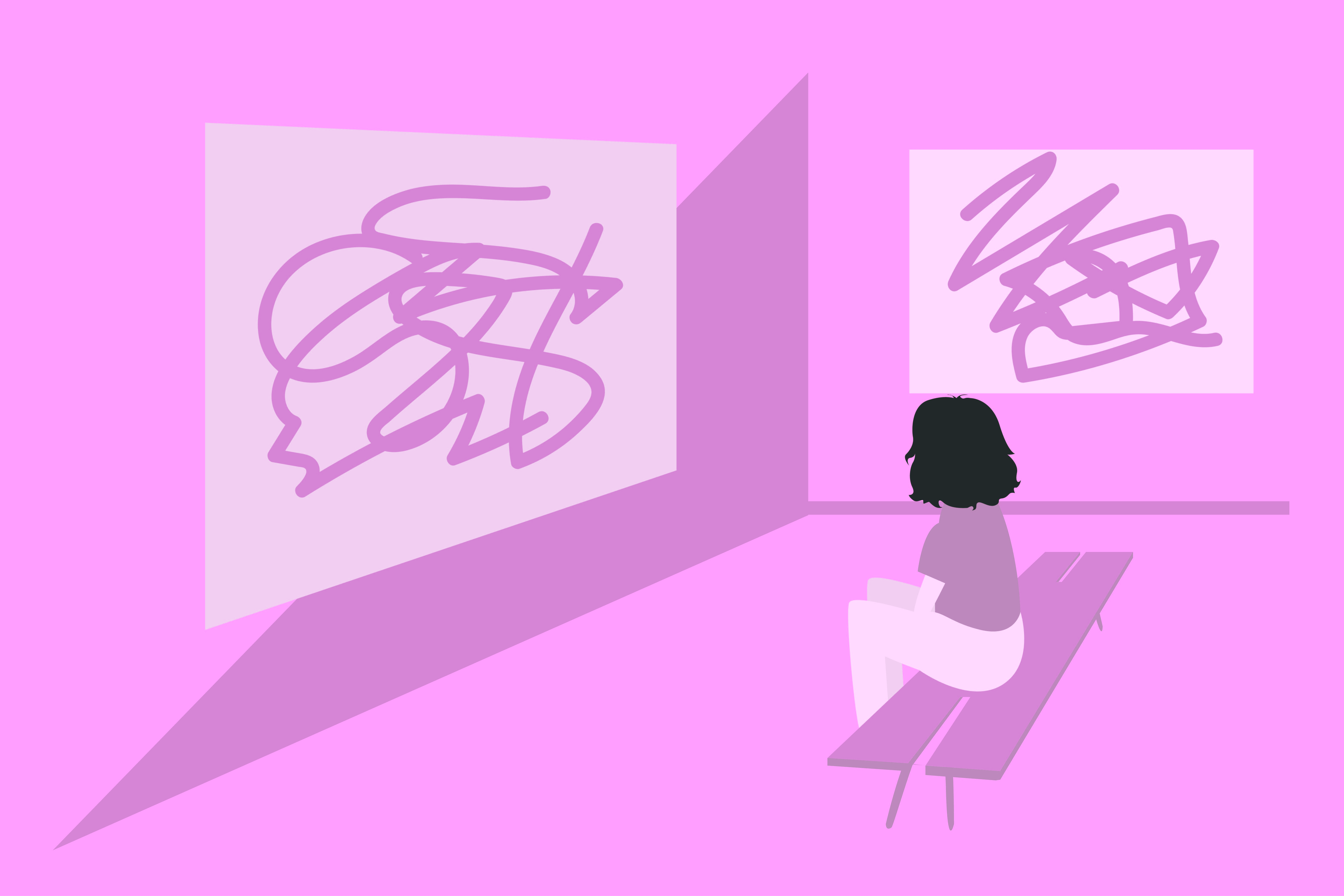I work as a docent in a Contemporary Art museum— the SCAD museum to be specific. And it’s, well, contemporary. Often times I am talking to people who are not SCAD students, tourists who are older and they sometimes just don’t get it. There are the ones who walk around avoiding all eye contact with me because they are scared of the fact that they don’t get it. There are some who ask questions to help them get it and then there are those who walk right up to me to tell me they don’t get it, aggressively with a hint of judgment.
To each of these people I wish I could say: “It’s okay not to get it.” Contemporary art is a breed of experimental materials, methods or concepts defined by the fact it defies easy definitions. So, it makes sense that sometimes you just don’t get it. It’s not meant to be understood, not easily at least.
Most of my conversations at work start off about specific pieces of art. What was the artist’s intention? How did they create this? Where is the artist from? But the very best conversations are fluid and ever-changing. These conversations will end on a note completely unrelated to the work we are standing in front of. They might ask about SCAD or what I am doing here, but then they’ll trickle down to something else entirely.
Last week I had an hour-long conversation with a Japanese-American tourist from California about diversity and his struggles at the workplace. It was engaging, challenging and empowering— especially since we were standing in front of a piece touching on Japanese internment camps of World War II.
From talking about my job as a docent to the questions of tourists to the memorable conversations I have had, notice how I’ve entertained many different thoughts. But what’s the point? Standing in an art gallery, any gallery, whether you are a tourist, a student, an artist, whatever you identify with, we might find that sometimes we just don’t get it. Does that make us bad artists? Or somehow less intelligent? Should we be “getting” it? I honestly believe that sometimes there is nothing to get.
For those who see a contemporary art piece and say “I could literally do this,” and want to brush it off, think of your reaction. It annoyed you. And honestly, if you could do it, why didn’t you? This could potentially be the point. Or one of the points. Because art is all about the river of conversation. We have seen art change conversations, change realities, change opinions. The power of art is not in getting it. You don’t have to be an expert in art history or critique to be able to stand in front of a work and spark a thought.
Sometimes, I don’t get it either. I can be working in one of the museum galleries wondering what the point is, even the artist’s background doesn’t help me. But these are my favorite galleries to work— the ones I don’t get. I feel like when we say that, we are thinking negatively about the work. Our first instinct when we don’t understand something is to disregard it or judge it (a reaction we see in all areas of life). We validate the fact that we don’t put any time into it by telling ourselves we don’t get it and we don’t need to.
These are the galleries I stand in because it forces me to keep thinking about it. I ask everyone who comes in about their first impressions and then again when they are leaving, so I can see if they’ve changed their perceptions. I ask other docents. I ask my managers. I think about it a lot. And a funny thing will happen. Suddenly I find I am appreciating the beauty of the work, even if I don’t understand it. That, to me, is even better than saying, “I got it,” because I get to say, “Yes, I felt something.”
Written by Kylie Ruffino
Graphic by Kylie Ruffino

